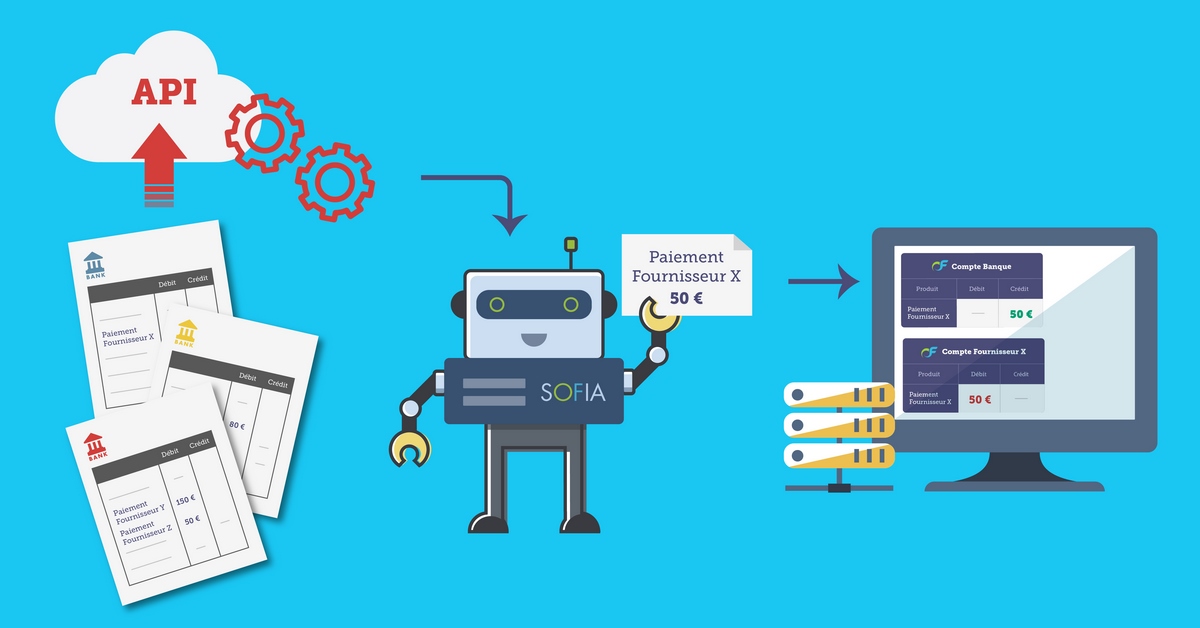The person in charge of a structure's accounting can now eliminate the recurring task of importing bank statements by entrusting this task to the OpenFlyers robot thanks to the new account aggregation function.

Since May 2019, OpenFlyers offers a feature that significantly reduces the time spent on bookkeeping: it is the import of bank statements. This feature automatically generates accounting entries mirroring the lines appearing on the bank statement. This module even offers the possibility of determining the counterparty account to be assigned thanks to the configuration of the allocation rules:
https://openflyers.com/fr/actualites/import-des-releves-bancaires-et-imputation-automatique
In June 2022, we made a video explaining the import mechanism and how to set up the posting rules:
https://openflyers.com/fr/actualites/video-tutorielle-presentant-limport-dun-releve-bancaire
Now, we are adding an additional level of automation with the aggregation of structure accounts. This aggregation removes 2 manual actions:
- export of the bank statement in csv format from the bank's website
- manual import of the same csv file into OpenFlyers
Either the manager of the structure decides only to aggregate the accounts and then he proceeds at regular intervals, and manually to the import of the bank statement by API:
https://openflyers.com/fr/doc/of4/Utilisation-de-la-comptabilité#Importer-par-API
Either it completely automates the process by enabling daily synchronization in the aggregation settings:
https://openflyers.com/fr/doc/of4/Configuration-de-la-comptabilité#Agréger-des-comptes-bancaires
He will then have only one manual action to do which is imposed by European regulations: renew the aggregation every 90 days. For this, a reminder email is sent to the managers of the structure having the right to manage accounts.
https://openflyers.com/fr/doc/of4/Envoi-des-emails#E-mail-de-rappel-de-renouvellement-d'agrégation-bancaire
Thus, the aggregation coupled with the automatic import and the setting of the imputation rules makes it possible to devote the accounting management time solely to the tasks of controlling and consolidating the accounting.